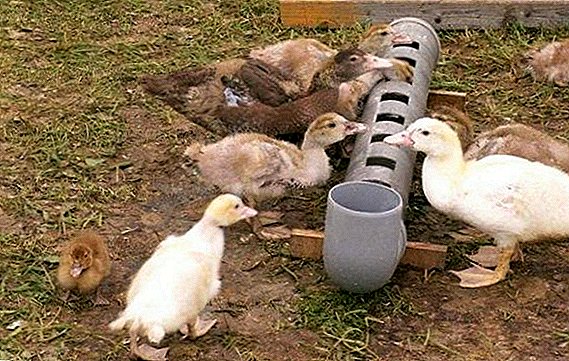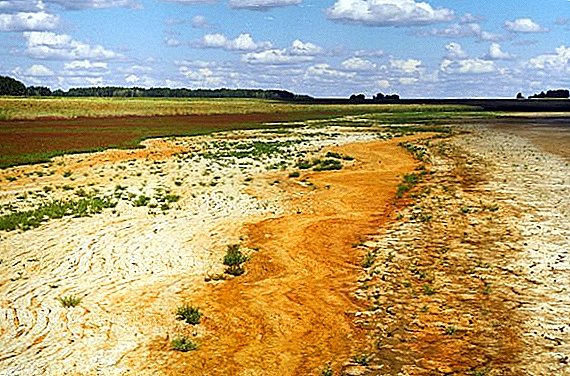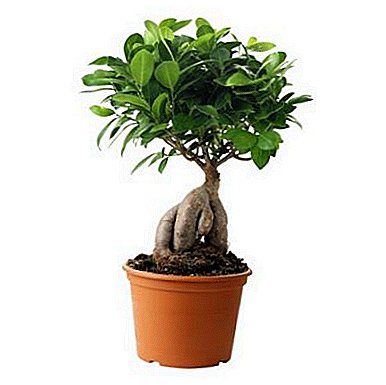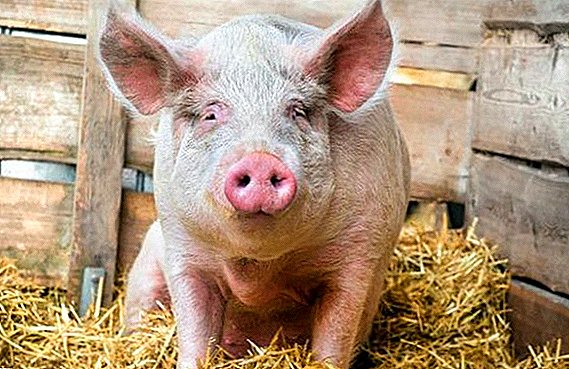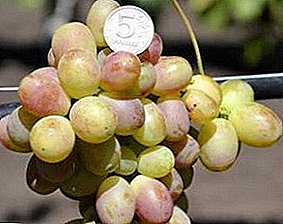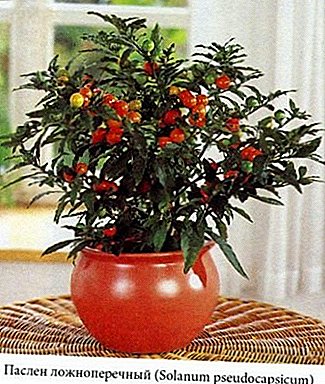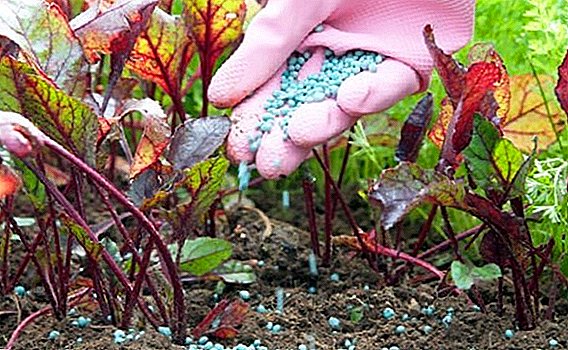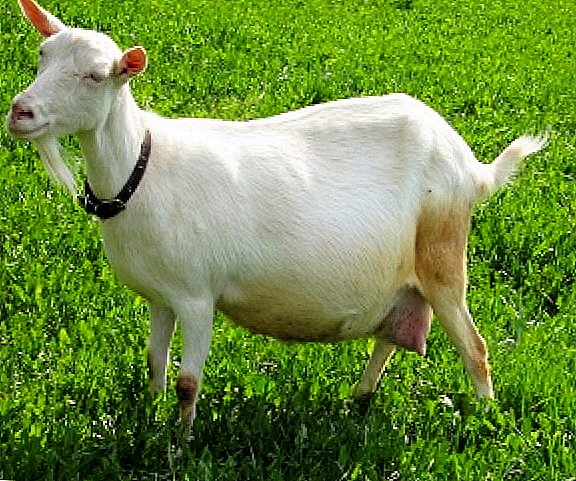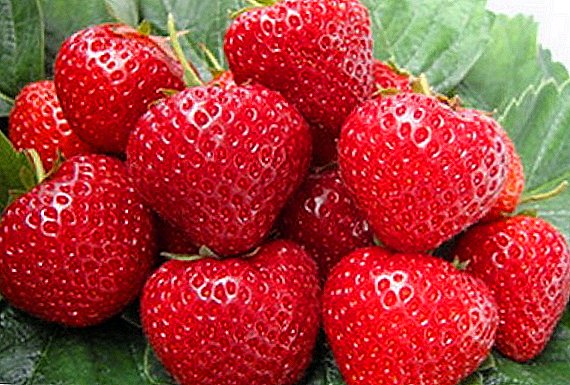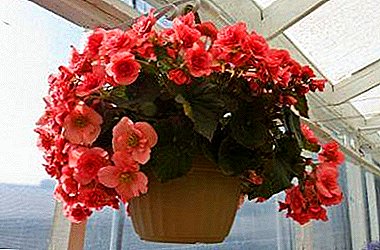
The ultimate goal of any care for a house plant is to achieve maximum manifestations of its decorative effect. Begonia is amazingly beautiful during its flowering period. To make it long and plentiful, you need to create the conditions for healthy development of the plant. In this article we will tell you about how to take care of begonia at home: how begonias are planted, what conditions of begonia care are like, how begonia reproduces at home, and give you a lot of important and interesting information about these beautiful plants.
Microclimate and soil
The optimal temperature for the life and development of begonia in the summer of 21-23 degrees, in the winter of 15-18 (we wrote about how to keep begonia in the winter at home). You should not allow an abrupt change of regime, the transition from heat to cold should be gradual, otherwise the flower may die. Also, the plant reacts extremely negatively to drafts.
Begonia prefers a large amount of light, especially during the flowering period. From this depends on the appearance and rate of growth. At the same time, the plant should be protected from direct sunlight in order to avoid burns.
 The beautiful begonia came to us from tropical forests, so the flower needs constant high humidity without drops, but direct contact of moisture with foliage in the form of spraying is undesirable, as this leads to the appearance of dark spots. The best solution would be to put the pot in the pan with wet clay.
The beautiful begonia came to us from tropical forests, so the flower needs constant high humidity without drops, but direct contact of moisture with foliage in the form of spraying is undesirable, as this leads to the appearance of dark spots. The best solution would be to put the pot in the pan with wet clay.
Air humidity for a flower is more important than the humidity of the earth.
Best of all begonia will feel in a ceramic pot. For a young plant, the size of the pot should not be large, it can lead to decay. For germs, it is worthwhile to opt for containers with a diameter of 5-6 cm, and after the development of the root system, increase the diameter. It is important that at the bottom of the pot were drainage holes for outflow of excess water (how to choose a pot and plant begonia in it, read here).
For good growth and healthy development of begonias, it is necessary to choose the right soil composition. It should include leafy ground, riding peat, sand and humus or black soil.
Leaf earth should not contain tannins, so raw materials from willow or oak will not work.
For the comfort of the root system, the soil should be loose structure, fertile, slightly acidic. Drainage of expanded clay is placed at the bottom of the tank, and the next layer is recommended to pour charcoal to prevent rotting of the roots.
Soil for begonias can not be cooked on their own, but purchased at a specialty store. For optimization, you can add a little sand to it - it will increase the soil looseness, so necessary for begonias.
Growth features
The success of begonia care methods can be assessed by whether the plant responds to the measures taken with flowering or not. If all the rules are followed, but there are still no buds, this is no reason to be upset.
How to grow, water and care for begonia, so that it blooms, read in our material.
Begonia growing in a pot may simply be too young to start flowering.. Check is simple: the ovary appears when you can count five or six rings on the stem. If the plant has less of them, you just need to wait until it grows up.
Begonia can be grown not only at home. On the secrets of successful cultivation of garden begonia in the open field, we wrote in here.
How to care?
 Watering.
Watering.- In summer, begonias require regular abundant watering. However, water should not be allowed to accumulate in the pan. It is best to irrigate the best separated water when the earth dries out by about 1-1.5 cm.
- In the autumn, the intervals between watering gradually increase.
- If in the winter indoors, cool watering should be significantly reduced. For the tuberous begonia representatives, winter is a period of rest, These types of winter are placed in peat and watering is completely stopped.
Begonias are fed from the first days of flowering, with a frequency of once every two weeks. Optimal for this use weak complex compounds. Feed continues until the plant does not bloom. Complex fertilizer is applicable only for decorative-flowering species. If you need to feed ornamental deciduous begonia, preference should be given to nitrogen fertilizer, which will best stimulate the growth of leaves.
How to care for begonia at home after purchase, we told here.
We offer to watch a video about the correct feeding of begonias:
Possible problems
Diseases
- Vascular bacteriosis - Begonias begin to dry leaves at the edges. The same symptoms can be observed when non-compliance with irrigation regime.
- Dropping leaves and buds - this problem may be the result of too dry air or a dried earth lump.
- Mealy dew - It appears as a white bloom on the leaves of begonia. Stimulate the development of the disease combination of high temperature and dry air in the room.
- Gray rot - looks like gray spots on the leaves. Arises from excessive watering.
- Twisted leaves - a symptom that begonia reacts to lack of moisture and dry air.
- Pale leaf plates observed in plants in case of lack of light.
- Buds and flowers darken and fall off if direct contact with water was allowed, or there was excessive watering.
We offer to watch a video about begonia diseases:
Pests
- Shchitovka - discovers its presence by the fact that the leaves become shiny and sticky.
- Spider mite - with its appearance on the back side of the leaves of begonia, you can see a thin cobweb, the leaves turn yellow and shrink. Contributes to pest nutritional deficiencies.
We offer to watch a video about pests of begonias and ways to combat them:
Home care for a variety of reddish leaves
This type of begonia is not demanding to care.
It is important to carry out regular watering, timely transplantation and begonia feeding. The red-leaf begonia does not have a distinct rest period. In winter, the plant simply slows growth, and watering and feeding for it are reduced.
Distinctive features of care compared to other types of begonias:
 Watering is less frequent than flowering varieties - once a week in summer and a couple of times a month in winter.
Watering is less frequent than flowering varieties - once a week in summer and a couple of times a month in winter.- Top dressing is carried out monthly.
- Red begonia painfully tolerates any manipulation and after transplantation requires particularly sensitive care.
Maintaining the healthy development of begonias will pay off its owner very quickly, because in addition to decoration, the plant has the ability to heal the surrounding area by disinfecting the air, due to the high content of phytoncides.
Such a pleasant neighborhood helps to improve immunity, reduce fatigue and increase efficiency.


 Watering is less frequent than flowering varieties - once a week in summer and a couple of times a month in winter.
Watering is less frequent than flowering varieties - once a week in summer and a couple of times a month in winter.